This test procedure is similar to performing a colonoscopy at each test location, only without the benefit of having a camera at the end of the probes. It is not fool proof. Often it depends on the feel, experience and knowledge of the stucco inspector. Ideally, I want the tips of the probes to contact the exterior wall sheathing (plywood or “OSB” Oriented Strand Board – a type of wall sheathing). When they contact this solid surface of the wall sheathing, an electrical signal can be sent from one probe to the other. The probes are about 1 inch apart. See Photo. The time it takes for that signal to travel from one probe to the other indicates the moisture level. Because electricity current travels faster through water , or a moist or wet items, the higher the reading indicates more moisture. However, because I can not see what the tips of the probes touch, it is possible that they are contacting something else that will send a faster electrical signal that mimics moisture. Examples of this would be the wire that is behind / embedded in “hard coat” stucco, nails, metal straps, or the foil face of foam board sheathing.
Charlotte Stucco Inspection Test
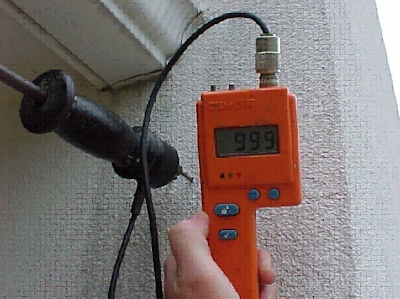

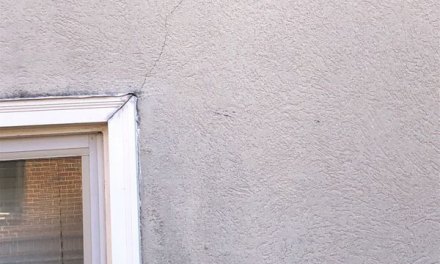
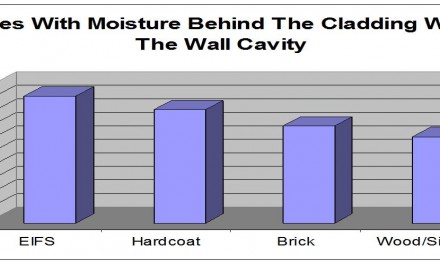

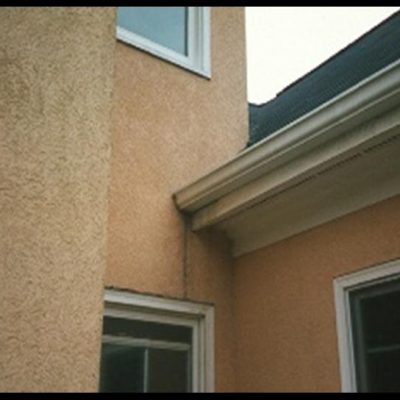

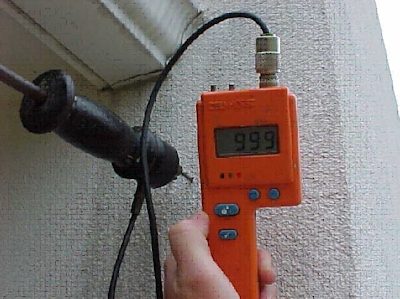
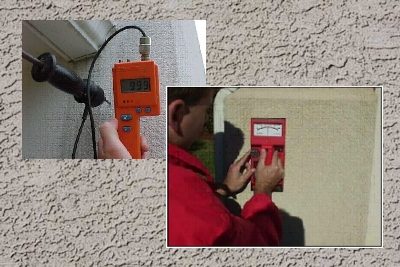
Recent Comments